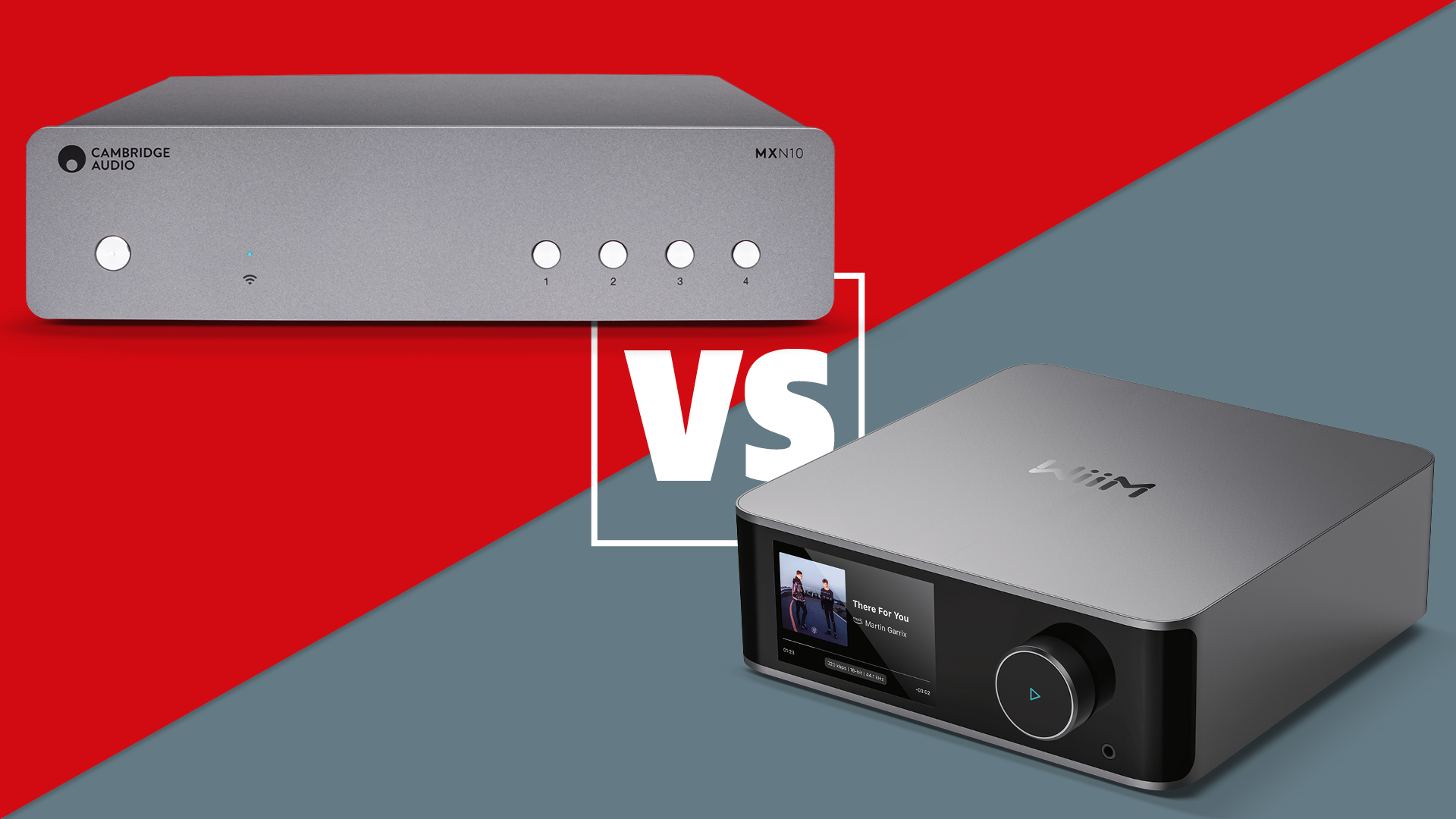What Hi-Fi? Verdict
The A8 is Sony’s best OLED yet, and that’s really saying something
Pros
- +
Natural and authentic picture
- +
Superb motion handling
- +
Crisp, involving sound
Cons
- -
High-contrast images lack punch
- -
Lacking next-gen HDMI features
Why you can trust What Hi-Fi?
Sony rightfully has an excellent reputation for TV technology. The Japanese company might now be in the shade of its South Korean rivals, but its clever picture processing and unusual approach to TV sound is respected far and wide. It’s little wonder that the combination of LG OLED panel and Sony processing gets so many people so excited.
The Sony KD-55A8 combines a 2020 LG OLED panel with Sony’s 2020 picture and sound smarts, and does so to excellent effect.
Pricing
The KD-55A8’s launch price is £1799/$1900. It’s also available as a 65in model, priced £2799/$2800.
The KD-55A85 is the same TV in terms of picture and sound and differs from the A8 only in the feet and the remote, both of which are marginally more stylish on the A85. Both versions are currently identically priced, but the A85 is exclusive to Currys.
The A8 replaces 2019’s AG8 and sits below the Master Series AG9 OLED, which continues into 2020.
Features
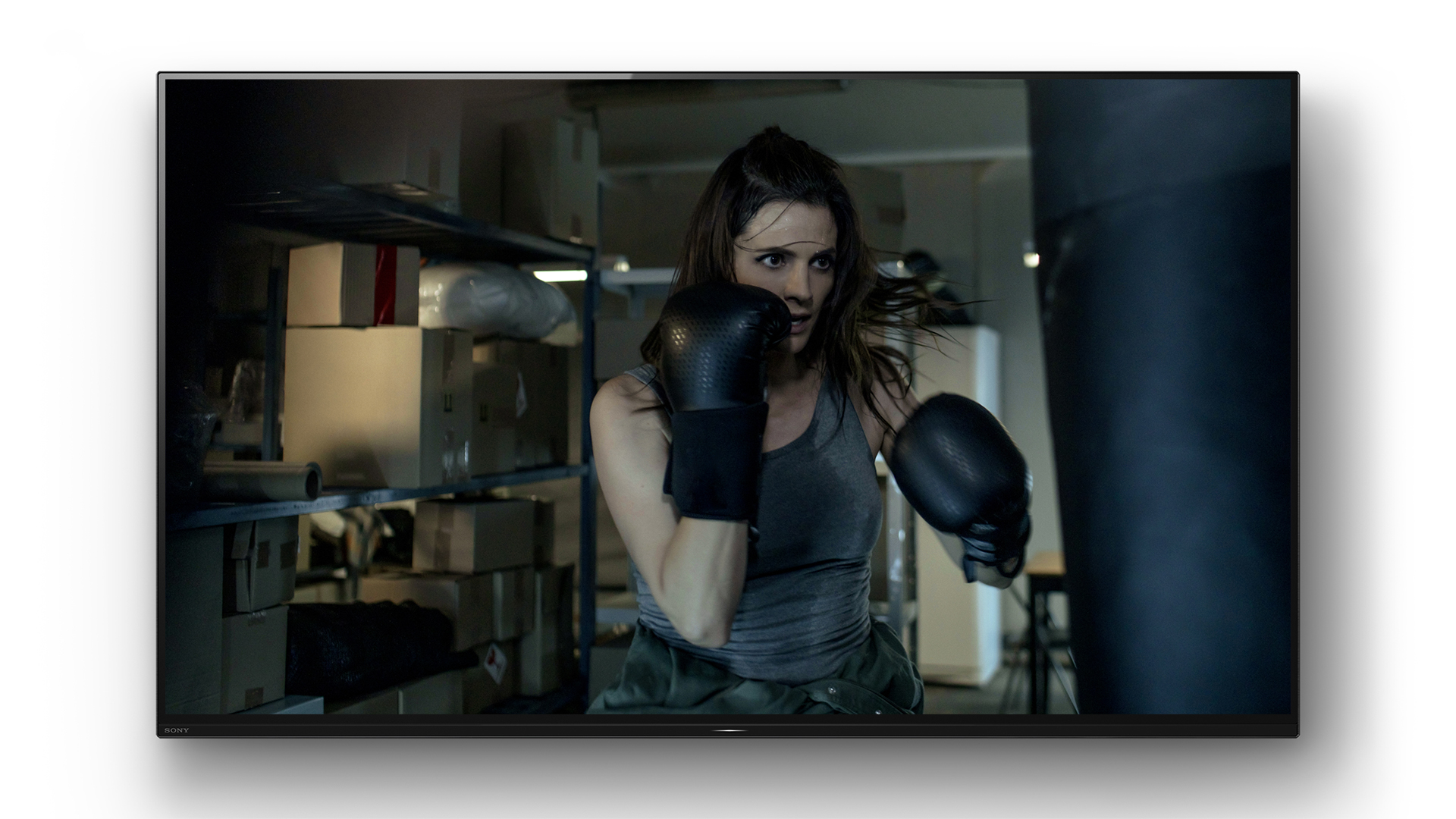
From the front, OLED TVs are becoming increasingly similar, with the quest for thinner and thinner bezels and the fashion for removing badges meaning that to the untrained eye it won’t be immediately obvious that this is a Sony TV. But the way these TVs are now designed means they do their talking through their performance.
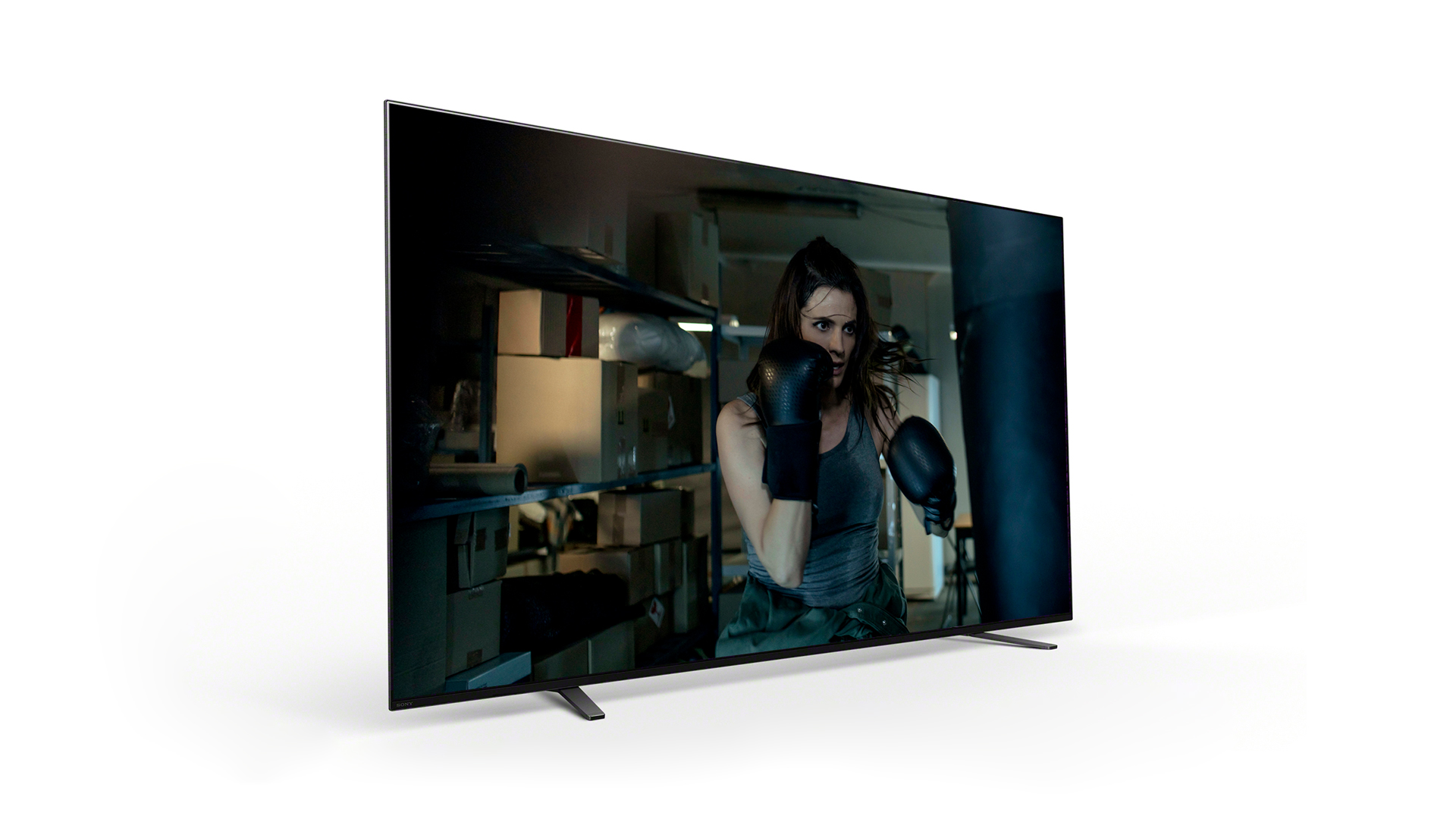
Screen type OLED
Resolution 4K
Operating system Android TV
HDR formats HDR10, HLG, Dolby Vision
HDMI x4
USB x3
Optical 1
The black bezel is flush with the screen so you don’t notice it when the set is off – just a thin metal frame around the edge. Turn the TV on and those bezels are around 8mm thick on the top and sides and about 1cm along the bottom. There’s also a raised bit of frame along the bottom that’s about 13mm thick.
Instead of a full pedestal stand, the A8 has two feet that slot into the bottom edge of the set. They are set rather far apart, which might help with positioning a soundbar (though the bottom of the screen is quite low) but gives the TV a big overall footprint. You’ll need a TV stand or AV rack at least a metre wide for the Sony to stand upon.
As is the case with all OLED TVs, the panel is supremely thin, at just 6mm, but also has casework bolted into the back for housing connections, processing hardware and speakers. On the Sony, this casework covers more of the rear of the set than is typical, but it’s not vastly thicker than most, with its 5.2cm depth making it just 5mm thicker than the LG CX.
That extra casework is needed because of the A8’s approach to audio. It involves actuators that vibrate the screen imperceptibly, essentially turning the display into a big, flat speaker. The A8 combines two of these actuators with two subwoofers, just like the AG9, albeit with a reduced power output of 30W compared to 60W.
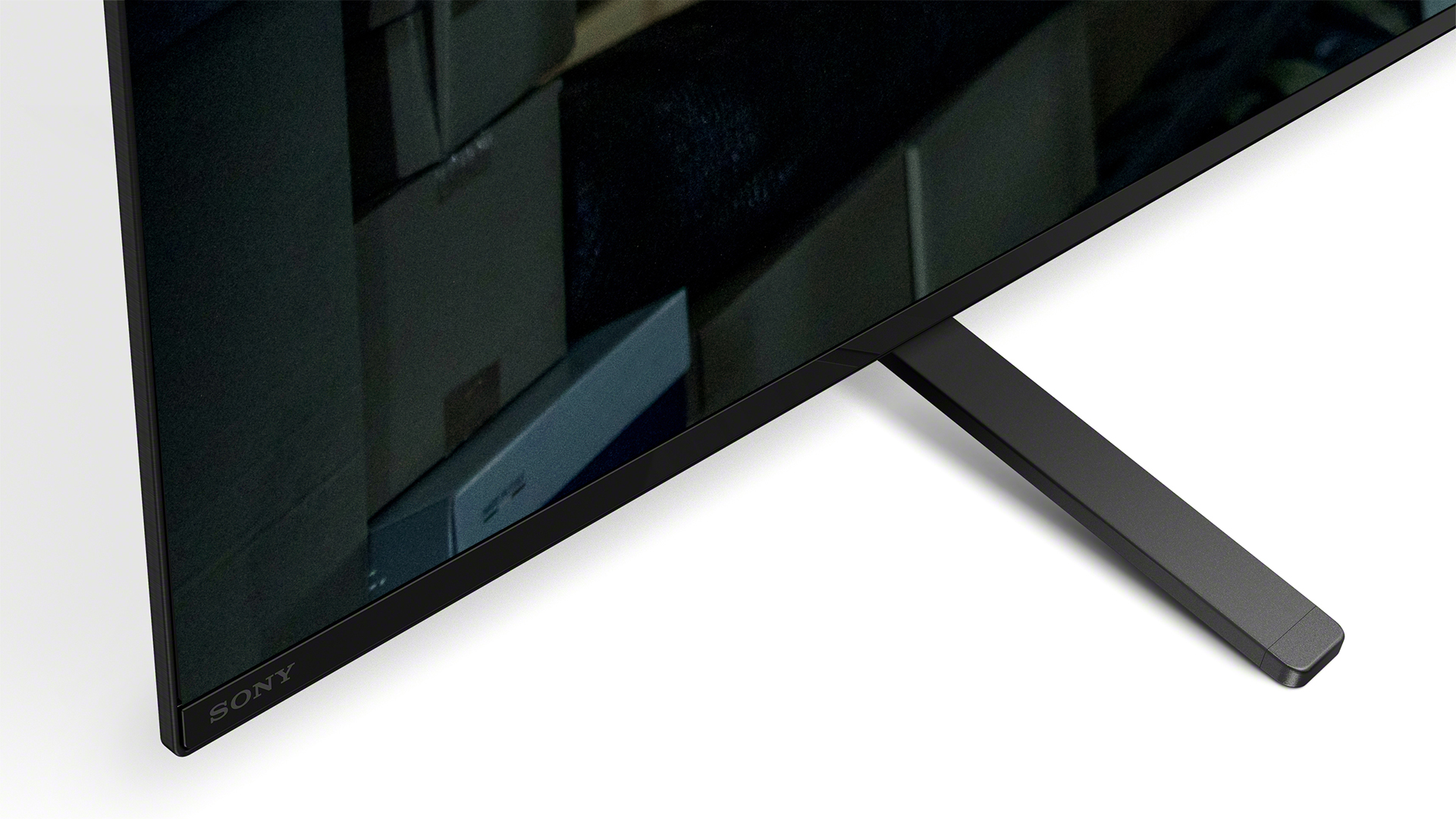
Like the AG9, the A8 gets Sony’s top processor – the X1 Ultimate. This brings with it features such as Object-Based Super Resolution, which is designed to intelligently analyse and enhance the definition of individual objects in an image, and an improved version of Object-Based HDR Remaster, which applies a similar approach to contrast. The A8 also boasts Sony’s Pixel Contrast Booster and X-Motion Clarity motion processing. None of these features were available on the AG8, which the A8 replaces.
The A8’s connections are fairly typical: four HDMIs, three USBs, an optical output, aerial and satellite ports and a standard headphone socket. The HDMIs are slightly disappointing in terms of spec, though. Not only are they not 2.1-certified; they also lack some of the features that other brands are adding to their sockets.
There is eARC, but no VRR (Variable Refresh Rate) or ALLM (Auto Low Latency Mode), and that will be frustrating to gamers, particularly those intending to upgrade to a PS5 or Xbox Series X this Christmas. You’d think a company that makes game consoles would be at the forefront of TV gaming technology, rather than lagging behind. Input lag is very low at least: we measured it at 18ms, which isn't as ludicrously low as some, but is more than low enough.
In terms of HDR, the A8 supports HDR10, HLG and Dolby Vision. Sony still doesn’t offer HDR10+ on any of its sets, but that’s no great loss. IMAX Enhanced and Netflix Calibrated modes are available, but there’s still next to no content available in the former, and the latter produces a dull picture that’s best avoided.
Accessing apps and the like involves interacting with Android TV 9 (an update to version 10 will be offered at a later date), while changing settings involves using Sony’s own menus. It’s a less unified experience than offered by the likes of Samsung and LG TVs, but the two connected user interfaces are good in their own right. Sony should be applauded for adding pictures and descriptions for its picture settings, making it easier to understand what you are changing.
There are plenty of apps available via the Sony, with the likes of Netflix, Amazon Prime Video and Disney Plus delivering 4K content complete with Dolby Vision HDR, and Google Play Movies & TV also in 4K HDR. There’s no Apple TV app, which is a shame, but the A8 does offer all of the UK’s core catch-up services, which isn’t always the case with Android TVs.
Picture
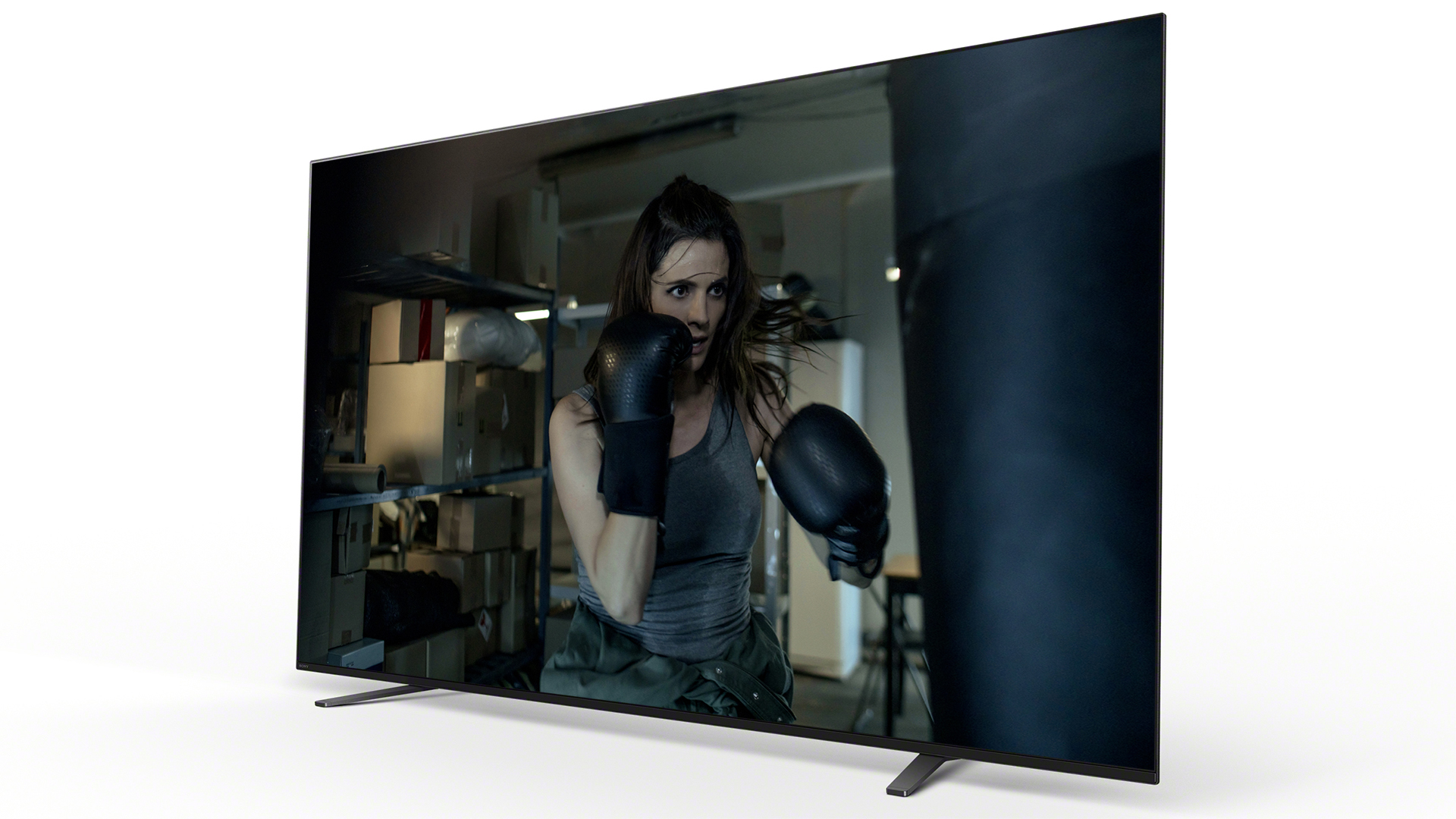
Kicking off with Blade Runner 2049 on 4K Blu-ray, we’re impressed by the natural picture produced by the Sony. We switch the Advanced Contrast Enhancer to High and add a couple of points to Contrast in order to add a little more punch to proceedings, and switch Reality Creation from Auto to Manual to bring some finer details to the fore, but that’s pretty much all that’s required to get a superb HDR10 performance from the A8.
Sony has long prioritised cinematic authenticity, and at no point through the film do you question whether you’re seeing it as intended. The film’s largely muted palette is punctuated by bright and vivid neon signs and holographic adverts and the A8 does justice to it all, masterfully combining subtlety and vibrancy, in a single image when required.
This is a particularly strong set in terms of dark detail. As K and Sapper Morton have a tense discussion at the start of the film, all of the intricate details of the latter’s dingy farm are clearly resolved. There’s more insight into shadowy corners here than on LG’s GX, although the LG is a little more crisply defined in brighter portions of the picture.
There’s also a sense of the Sony holding back slightly when asked to produce images that are overwhelmingly dark with a small amount of bright light. It’s most obviously illustrated with simple white-on-black credits, which are much punchier on the LG. Bright scenes prove that the Sony is no slouch in terms of overall brightness, but in these high contrast scenarios, it plays things a bit safe.
One area where the Sony has the beating of the LG with which it shares a panel is in motion processing. Both LG and Samsung have taken strides this year in improving the way their sets handle motion, but both still fall slightly short of the A8 in this regard. As K flies towards Sapper’s farm in the first few shots, there are some distant lights that jiggle slightly jarringly on the LG GX, but are perfectly still on the Sony. The A8 also maintains a firmer grip on the action as the car hurtles towards the ground in a later scene.
There is a choice to be made in regards to motion, and that’s whether to leave the Film Mode on Auto or switch it Off. The former setting creates beautifully sharp and smooth pans, even in the incredibly challenging 4K Blu-ray of 1917, but also introduces a touch of shimmer to tricky movement such as Meredith’s arms extended through the open roof of the speeding car at the start of Guardians Of The Galaxy Vol. 2. Our preference is to switch it off, which results in slightly less smoothing and sharpening but at no point looks artificial.
Sticking with the Guardians disc, we check out the throne room scene, which exposed an issue in the performance of last year’s AG9. Essentially, it was noticeable at times that the TV raised or lowered its brightness to suit a scene. The A8 does do a similar thing, but it’s far less pronounced, to the extent that were you not looking for it, you might never notice it. Still, you have to wonder why Sony’s OLEDs take this approach while its rivals seemingly do not.
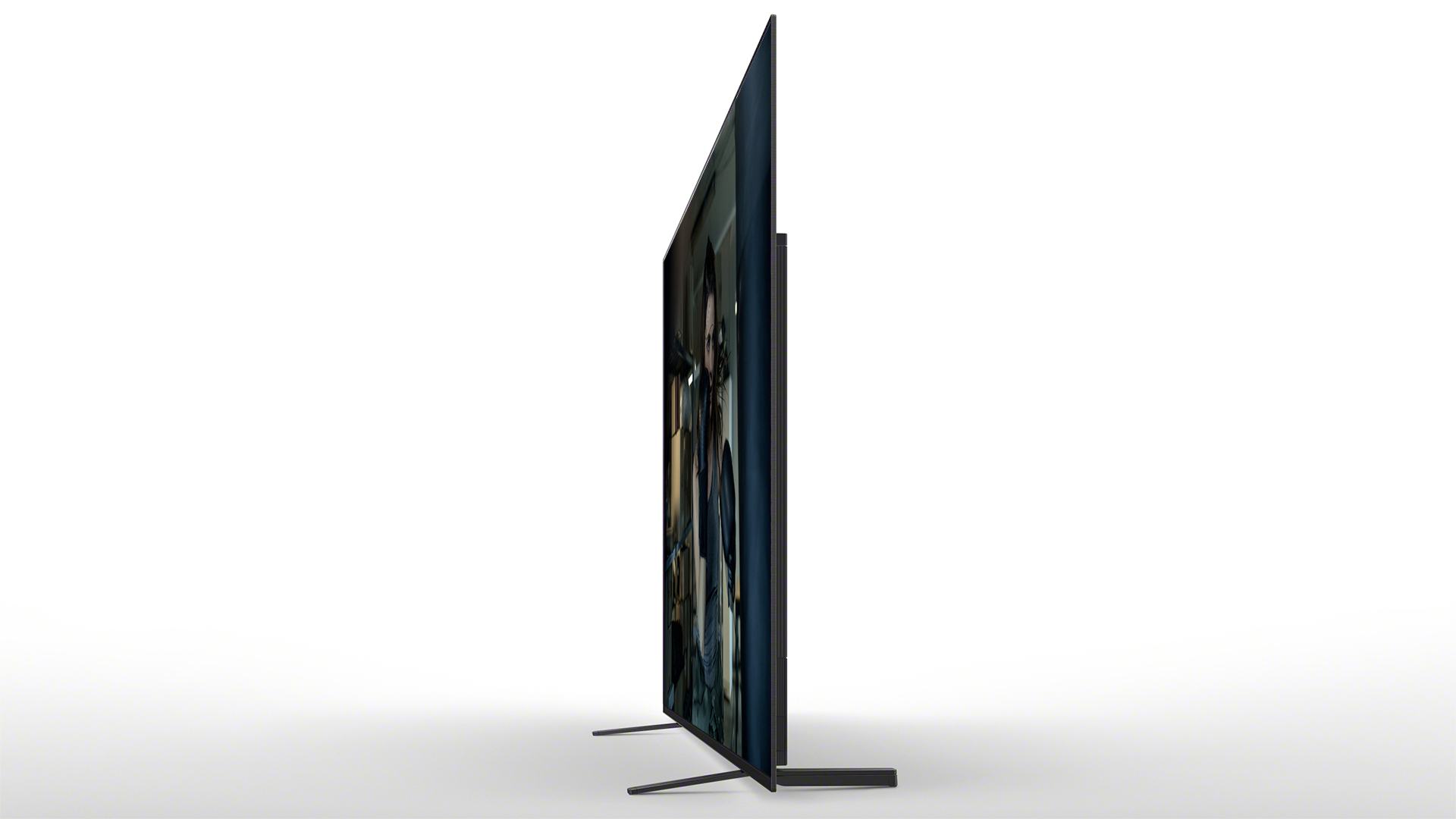
Switching to Dolby Vision with The Witcher from Netflix, we notice that the Sony’s delivery is a little less rich in its delivery than the LG GX, but a bit crisper in terms of detail and definition. Interestingly, that’s almost exactly the opposite of our findings with HDR10.
In terms of colours, it’s hard to tell whether the Sony’s understated approach or the LG’s warmth is more authentic (which, once again, brings into question the validity of Dolby Vision’s claims of delivering the picture exactly as intended), but the Sony’s extra three-dimensionality and subtle motion processing makes for a winning overall performance.
And if you’re wondering about the Netflix Calibrated mode, it’s best avoided, just as it was on last year’s Sony sets. It doesn’t tailor the image to the specific content being played, and instead applies a blanket set of settings that result in a depressingly dull picture.
Dropping down to SDR with the standard Blu-ray of Unbroken, the Sony puts in another superb performance that’s punchy, vibrant and dynamic while always maintaining a firm grip on reality. It’s worth noting that changes made to the Standard picture preset while watching HDR are carried over to Standard when watching SDR.
This isn’t how most TVs do things and it could make things tricky – but the settings translate fairly well. That said, we would recommend switching Reality Creation off and dialling Colour back slightly. You may find it worthwhile to use different presets for HDR and SDR, copying most settings from one to the other and then tweaking as necessary for each.
The A8 even does a good job with the ropey SD picture of the first series of Red Dwarf. Again, the picture is bright and vibrant but balanced, and while a certain amount of fuzz and blurring is inevitable from a low-quality signal, it’s impressive how watchable the picture is. Few TVs are as good with standard-def as this Sony.
Sound
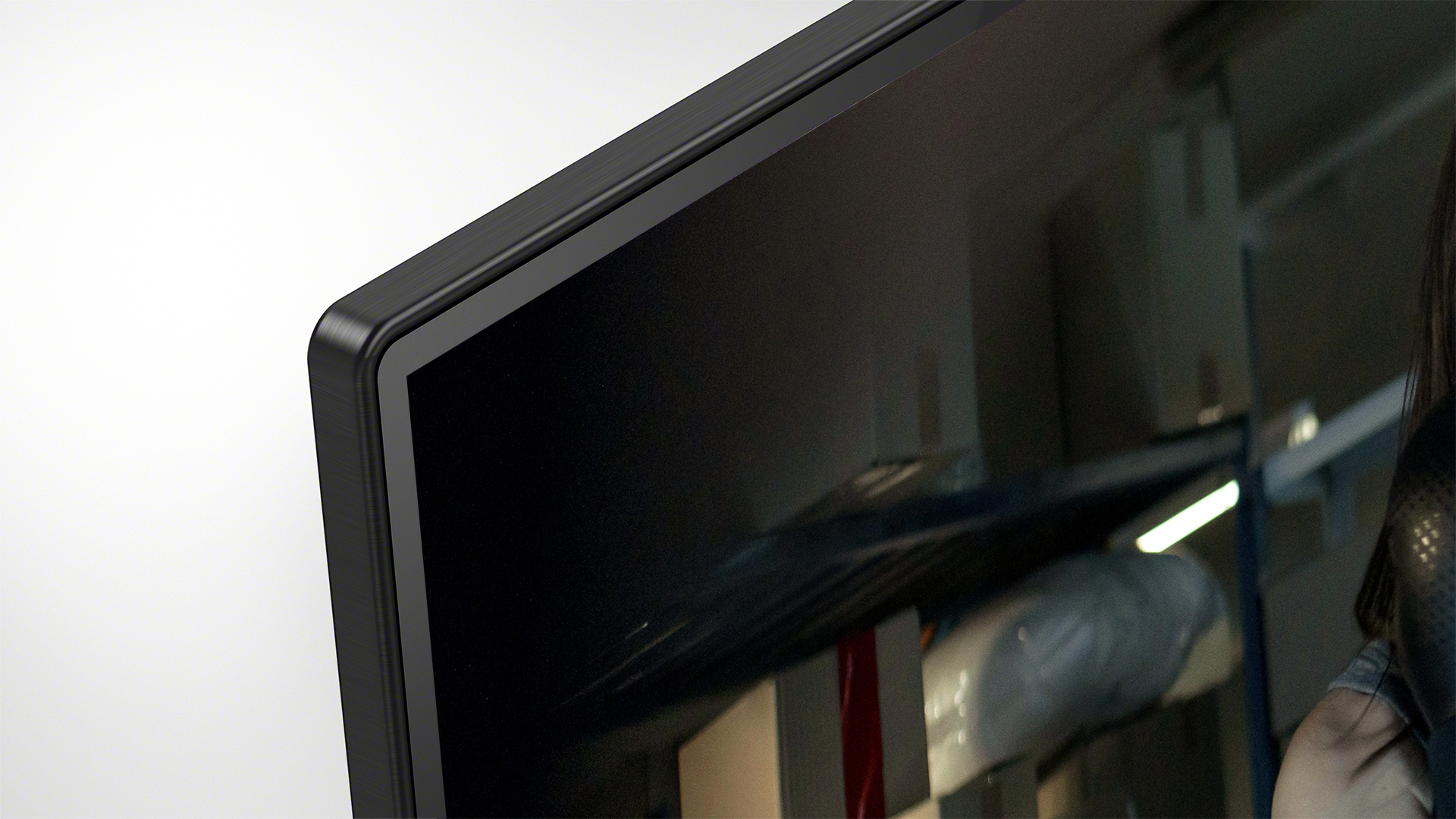
We return to Unbroken and skip to the bombing run scene. This is a huge challenge, particularly for the integrated speakers of a TV, but it’s one that the A8 handles well. There’s a slight lack of bass depth and weight, but for a TV this is a crisp and dynamic delivery that draws you into the action.
The actuator arrangement does its expected job of tying the audio to the video in a way that standard TV speakers can’t, so when Phil (Domnhall Gleeson) reluctantly proclaims “we are here”, it really sounds as if the words are coming from his lips, rather than some less well defined space below the screen. This effect is particularly pronounced if you sit close to the screen.
As well as providing this directness and focus, the Sony also fills the room rather effectively when required, such as when the enemy fighters strafe the bomber for the first time.
The A8 certainly sounds better than most similarly priced rivals, but you’d be doing the TV a disservice not partnering it with a dedicated sound system, such as the Sonos Arc, which would provide a huge sonic upgrade.
Verdict
The Sony A8 is an absolute belter of a TV. Sony often prices its OLEDs a bit high, but this one is priced to really compete with the likes of the LG CX in performance-per-pound terms.
This might not be a Master Series TV, but it still majors on realism and authenticity, all without sacrificing punch and vibrancy. It sounds very good by prevailing standards, too, and boasts a smart, subtle design.
Gamers looking to the next generation of consoles should pause to consider the lack of some HDMI features, but the A8 is otherwise an excellent all-rounder that will be a pleasure to own.
SCORES
- Picture 5
- Sound 4
- Features 4
MORE:
Read our Sony AG9 review
Read our LG OLED65GX review
What Hi-Fi?, founded in 1976, is the world's leading independent guide to buying and owning hi-fi and home entertainment products. Our comprehensive tests help you buy the very best for your money, with our advice sections giving you step-by-step information on how to get even more from your music and movies. Everything is tested by our dedicated team of in-house reviewers in our custom-built test rooms in London, Reading and Bath. Our coveted five-star rating and Awards are recognised all over the world as the ultimate seal of approval, so you can buy with absolute confidence.
-
Surly Sid If a British company made TVs, What HIFI would give them all 5 stars... Especially if Chord made TVs.Reply -
bigmouth Generally speaking, you should turn Reality Creation on for SD and HD and leave it off for 4K. The whole point is to make a lower quality signal/picture (e.g., Red Dwarf) look better.Reply -
ReplySpanky Wanky said:If a British company made TVs, What HIFI would give them all 5 stars... Especially if Chord made TVs.
Don't get your point, it has a 5-star rating?

